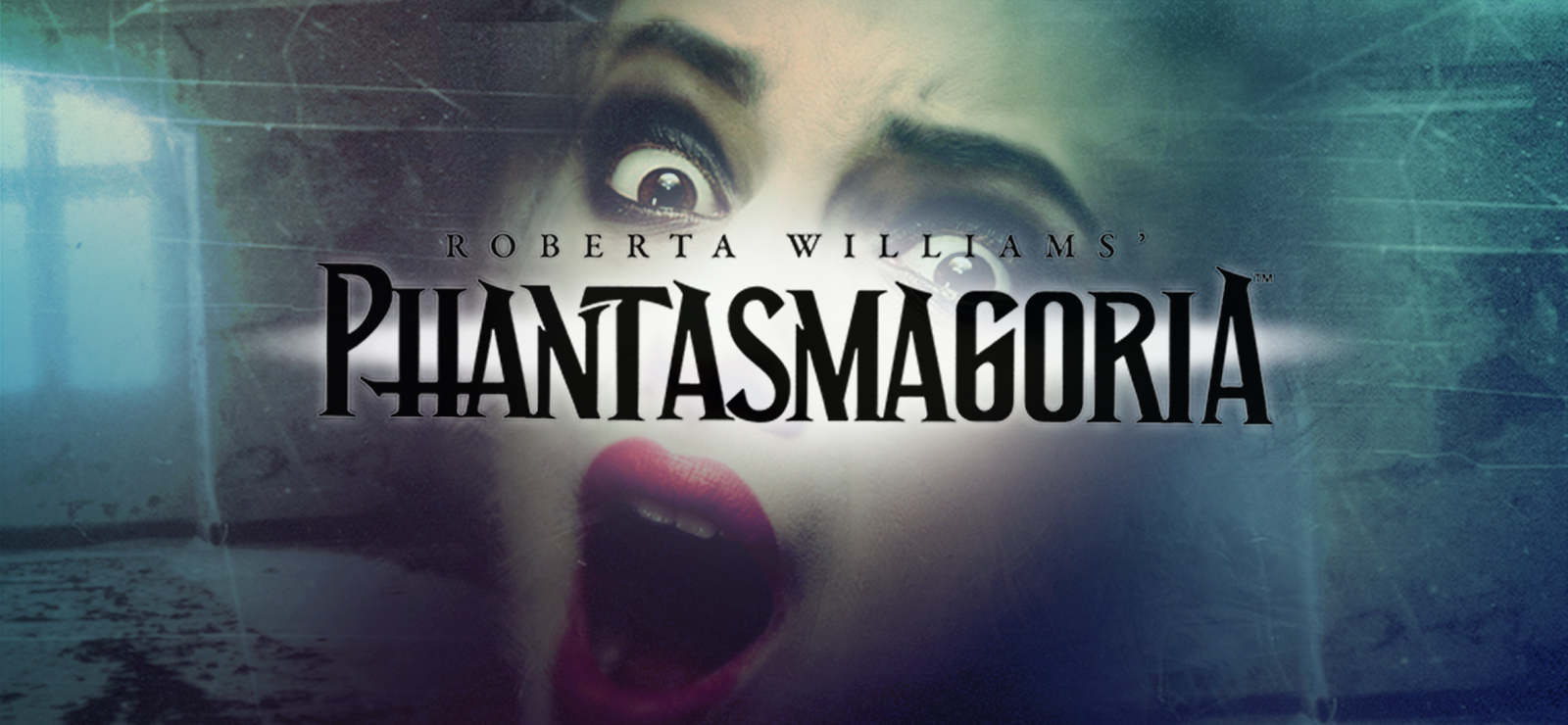In the Brazilian market — especially when we look at the retail landscape in São Paulo — the situation becomes even more paradoxical. On one hand, we’re seeing game prices reaching absurd levels, often hitting or surpassing R$350 at launch, which is simply out of reach for a large portion of the population. On the other, major retailers like Americanas (before its collapse), Casas Bahia, Magazine Luiza, and marketplaces like Amazon BR and Submarino are desperately throwing around wild promotions — endless installment plans, aggressive flash discounts, or bundles with random freebies — all in an attempt to keep a market spinning that’s clearly lost any balance between price and accessibility.
It’s an improvised response to a structural problem: even with discounts, the actual cost of a game is completely out of step with the average consumer’s purchasing power. And these retail tactics, as creative as they might be, just paper over the deeper issue — we’re dealing with an industry offering a volatile product, often tied to servers and policies that can vanish overnight.
With Sony’s recent price hikes, things have gone from bad to surreal — new releases are now landing straight in the R$400+ range, making them virtually inaccessible to most Brazilian gamers. It’s a pricing model that turns a blind eye to local economic realities and further pushes digital entertainment into elitist territory.
I hadn’t heard about the Stop Killing Games initiative before, but now that I have, it’s obvious how badly it needs to be more widely shared — especially in Brazil, where conversations about digital consumer rights are still few and far between. It’s a conversation that needs to happen. Ensuring that the game you bought keeps working years later isn’t a luxury — it’s basic fairness. Especially in a country where every game purchase can represent a serious financial sacrifice.



